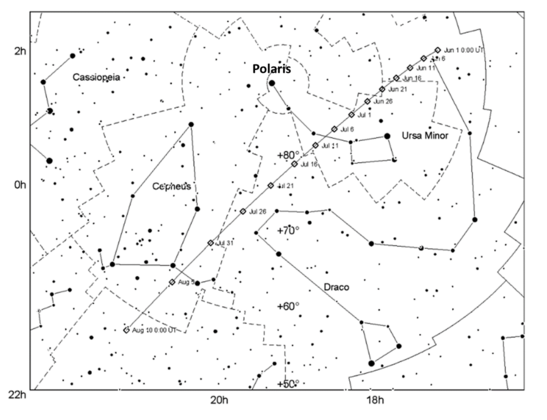AkaSci 🛰️ · @AkaSci
1455 followers · 1562 posts · Server fosstodon.orgHere is another outstanding image of Comet C/2023 E1 (ATLAS) taken on July 13 by Dan Bartlett, showing its long tail.
https://www.astrobin.com/4mswrp/B/
#Comet #C2023E1 #C2023E1ATLAS
7/n
AkaSci 🛰️ · @AkaSci
1455 followers · 1561 posts · Server fosstodon.orgThe green color seen in the coma of Comet C/2022 E1 (ATLAS) and other comets, but not in their tails, is due to emissions from Diatomic carbon (aka dicarbon) molecules.
Sunlight heats the comet’s ice and organic material to produce C2 molecules, which break apart in ~2 days before they reach the tail. C2 is excited by solar UV radiation and emits mostly in infrared but its triplet state radiates at 518 nm.
https://physicstoday.scitation.org/do/10.1063/pt.6.1.20220110a/full/
C2 image credit: Omar J. Yepez
#comet #C2023E1 #dicarbon
5/n
AkaSci 🛰️ · @AkaSci
1455 followers · 1561 posts · Server fosstodon.orgComet C/2023 E1 (ATLAS) can be seen in the northern night sky near the North Star as shown in the map below.
https://britastro.org/section_news_item/comet-of-the-month-c-2023-e1-atlas
#Comet #C2023E1 #C2023E1ATLAS
4/n

